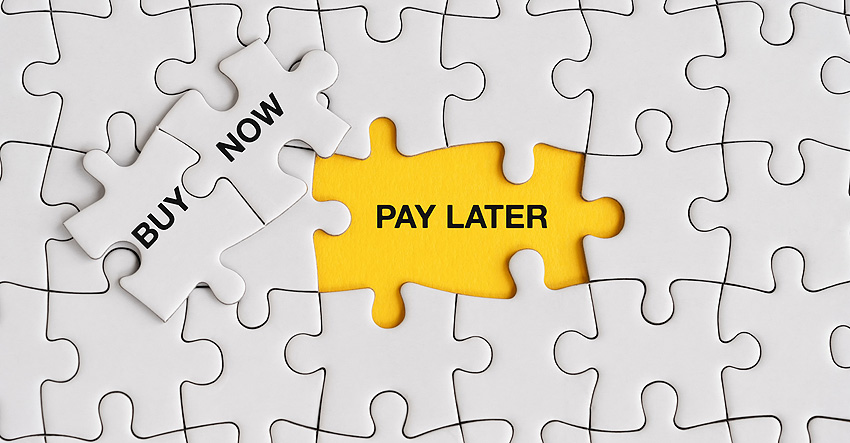The rise of Buy now, pay later
24/05/2023
You gave in to temptation and you arrive at the checkout laden down with clothes. You think that maybe you shouldn't have grabbed that last pair of trousers... but at the checkout they offer you a quick solution: buy now and pay later.
The digital revolution and changes in consumer behaviour have radically transformed the way in which we manage our finances and, especially, the use of deferred payment methods for purchases of goods and services at points of sale. This context explains the rise of “Buy Now, Pay Later” (“BNPL”), offered by commercial establishments through banks, other financial institutions and Fintech.
This method consists of dividing up and deferring payments for purchases made by consumers, either at a physical point of sale or online. It is basically designed for purchases involving smaller amounts (for example, fashion, sports or electronics). The consumer can decide at the time of purchase if they want to postpone payment using a credit facility granted almost automatically, that they have to pay off in monthly instalments. These credits may or may not have interest and fees, depending on the bank's offer, although they often don't. However, we should consider that, if we fail to pay any of the agreed instalments, the entity could charge late payment interest and default fees, which would significantly increase the cost of the credit received.
In Spain, it's easy to see how they are offering us this deferred payment method for numerous online purchases, and increasingly at in-person points of sale.
In principle, one of the main advantages of “buy now, pay later” for consumers is the immediate approval process, in addition to the financial flexibility we are offered, meaning that we can pay for our purchases at a later date.
However, before using this method, it is important to also be aware of the risks involved:
- “Buy now, pay later” can cause a false immediate sense of saving and, therefore, can generate a real risk of over-indebtedness if several purchases are financed with this system and expenses increase considerably in future months, tying up the money that will be available in the medium and long term.
- We may not see it as a credit and, therefore, not pay the same degree of attention to the information received during the marketing and contracting process, as we would with any other type of financing. This could lead to surprises in the future, such as the accrual of fees and interest.
In short, “buy now and pay later” is very tempting, but it can encourage impulsive buying. Therefore, we have to use our judgement in purchasing decisions to avoid over-indebtedness and compromising our personal finances in the medium or long term.



